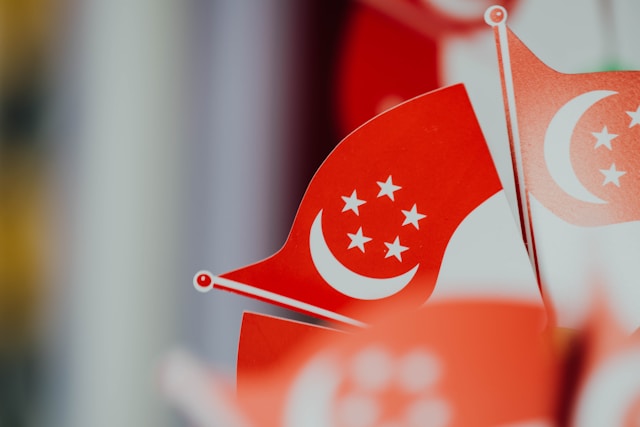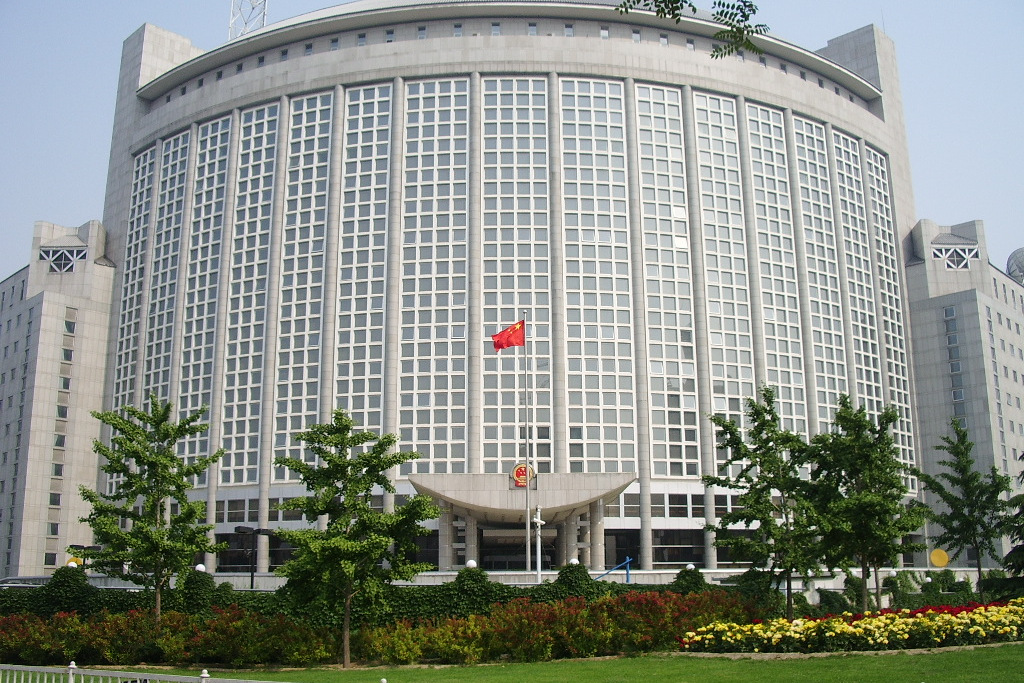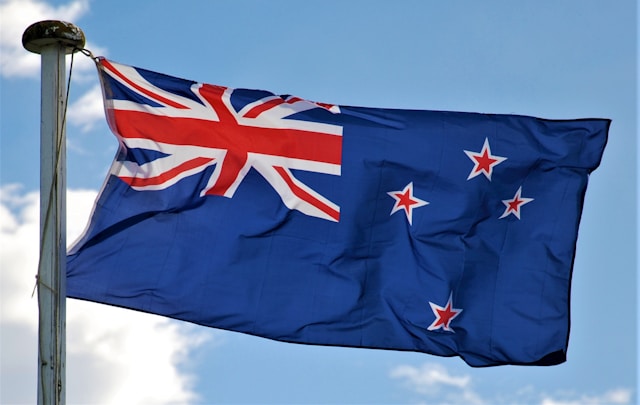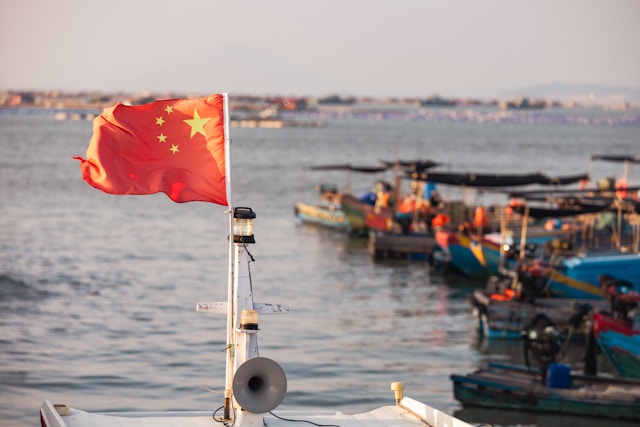
China’s Supreme People’s Procuratorate (SPP) has begun to disclose its data periodically, covering arrest, criminal charges and public interest litigation, etc.
On 30th Oct. 2019, the SPP released the data of all Chinese procuratorates in the first three quarters of 2019. According to an administrative staff member from the SPP, this was the first time that the SPP published such data on a quarterly basis and it will become a regular practice in the future.[1]
The data published by the SPP relate to its authority. As we have introduced before, the functions and powers of Chinese procuratorates include: approving arrests and filing charges; supervising other critical procedures; supervising civil procedures; supervising administrative procedures; instituting public interest litigation; investigating offences in office.
I have excerpted some of the data from the SPP’s report, which cover the cases occurred during the first three quarters in 2019, as follows:
1. Number of arrests
The total number of suspects arrested as approved and decided by the Procuratorate was 843,954, up 2.7% year on year, while the arrest of 238,317 suspects was denied, up 2.4% year on year.
In other words, in the application for the arrest of suspects, 22% of the application was denied by the Procuratorate. Therefore, we can roughly predict that in China, the probability for the police to arrest a suspect is lower than 80%.
2. Number of prosecutions
The Procuratorate prosecuted 1,292,151 suspects, up 6.7% year on year, while the charges against 122,319 suspects were dropped, up 25% year on year. This also means that 8.6% of suspects were not prosecuted in the end.
3. Arrest of minors
The Procuratorate approved arrests of 24,825 juvenile suspects, up 9.7% year on year, while 12,535 arrests were denied, up 5.6% year on year. Therefore, the proportion of juvenile suspects who had not been arrested was 33.6%, 11% higher than the overall arresting rate mentioned above.
The Procuratorate prosecuted 30,425 juvenile suspects and decided to drop the charges against 9,119 juvenile suspects, that is, 23.1% of the juvenile suspects were not prosecuted in the end.
In addition, for crimes against the rights and interests of minors, the Procuratorate approved the arrest of 37,514 suspects and the prosecution of 43,640 suspects, up 23.2% and 27.6% year on year respectively.
4. Reasons for denial of arrest and prosecution
Among the suspects whose arrests were denied, the reasons therefor and the corresponding number of suspects were:
(1) Lack of evidence, 133,649 suspects, up 13.1% year on year, accounting for 56.1% of the total number of denied arrests;
(2) No crime committed, 11,679 suspects, up 5.4% year on year, accounting for 4.9%;
(3) No social risk existed, 85,217 suspects, down 7.2% year on year, accounting for 35.8%.
Among the suspects whose charges had been dropped, the reasons therefor and the corresponding number of suspects were:
(1) Lack of evidence, 22,794 suspects, up 17.3% year on year, accounting for 19.2% of the total number of suspects facing non-prosecution;
(2) Non-prosecution as prescribed by the law, 4,823 suspects, up 24.5% year on year, accounting for 4.1% ;
(3) Non-prosecution due to minor circumstances, 91,307 suspects, up 27% year on year, accounting for 76.8%.
5. Supervision of civil litigation
The Procuratorate made 3,348 protests against civil judgments, rulings and settlement statements, up 33.1% year on year; 8,335 procuratorial suggestions were raised for the civil trial procedure, up 6.8% year on year; 11,705 procuratorial suggestions were raised for civil enforcement, up 1.9% year on year.
More data can be found in the report published on the SPP website.
Since assuming his mandate in 2017, Procurator-General Zhang Jun (张军), President of the SPP, has been promoting the reform of the SPP, including collecting and analyzing the SPP’s data.
For example, in 2018, the SPP tried to collect the data of all procuratorates nationwide for decision making. [2]This data release is one of the results of this attempt.
References:
[1] https://www.spp.gov.cn/spp/xwfbh/wsfbt/201910/t20191030_436761.shtml#1
[2] https://www.spp.gov.cn/spp/xwfbh/wsfbt/201910/t20191030_436761.shtml#3
Photo by FuYong Hua(https://unsplash.com/@hhh13) on Unsplash.
Contributors: Guodong Du 杜国栋









